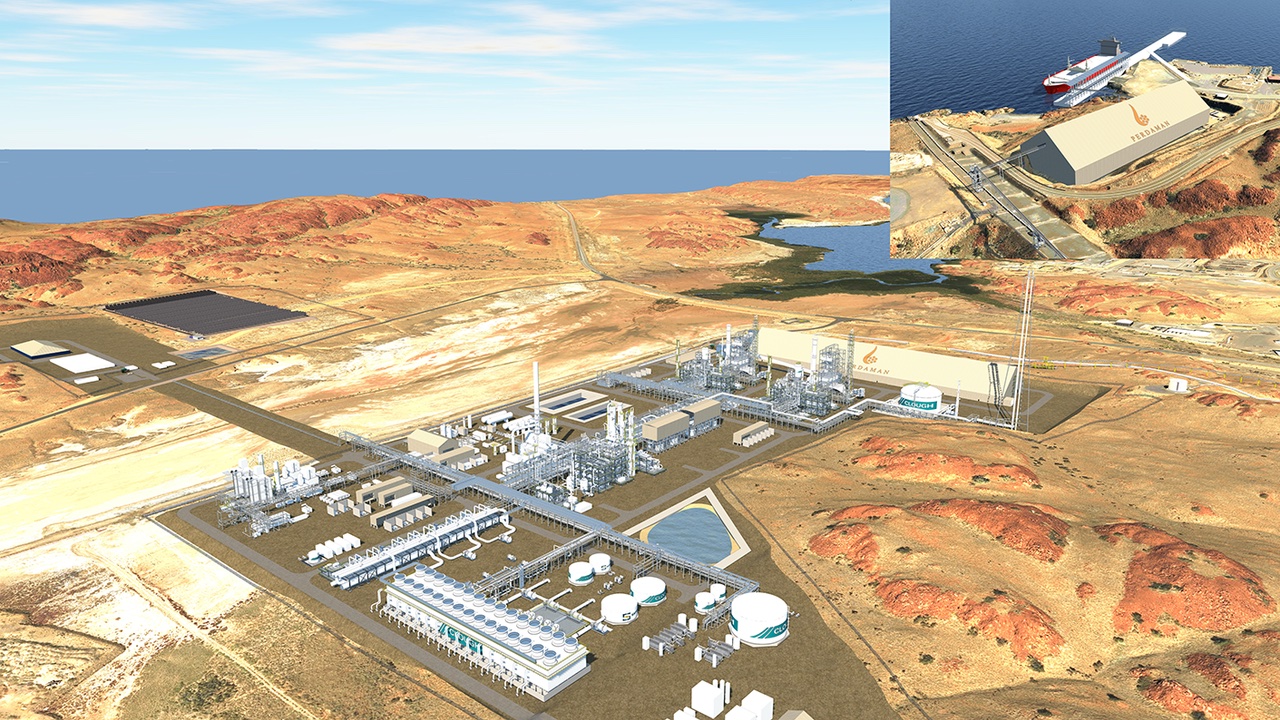thyssenkrupp Uhde and Johnson Matthey partner to develop blue ammonia technology

thyssenkrupp Uhde and Johnson Matthey (JM) have announced a strategic partnership to provide an integrated solution for the production of low carbon (blue) ammonia. This collaboration combines decades of expertise from both companies to offer a technology that is more climate-friendly compared to traditional ammonia production methods. The growing demand for ammonia is driven by its easier storage and transportation compared to pure hydrogen, making it a key player in decarbonizing global power, shipping, and industrial processes. The companies have signed a Memorandum of Understanding to jointly market a fully integrated solution for low-carbon ammonia. This initiative builds on a nearly 25-year relationship between the two companies in the ammonia sector.
Ammonia’s role in reducing CO2 emissions has evolved significantly; from being a primary ingredient in fertilizers to becoming a decarbonized carrier of hydrogen energy. This shift is due to ammonia’s easier storage and transport capabilities. The use of low-carbon ammonia can leverage existing infrastructure, making it a feasible solution for the energy transition to capture, store, and ship large quantities of hydrogen for the power sector, shipping industry, and various industrial value chains around the world.
By combining their strengths, thyssenkrupp Uhde and JM are aiming to capture a significant share of the blue ammonia market. The partnership will merge thyssenkrupp Uhde’s proven “uhde” ammonia process with JM’s hydrogen expertise through its LCHTM technology. This combination will enable the production of blue ammonia with up to 99% CO2 capture efficiency.
thyssenkrupp Uhde has a strong track record, having licensed, engineered, or constructed over 130 ammonia plants globally since 1928. The company is a market leader in plants capable of producing over 3,000 metric tonnes per day, using its unique “uhde” dual pressure technology. JM’s LCH technology, which features JM’s autothermal reformer alone or in combination with JM’s gas-heated reformer, has been selected for several pioneering large-scale blue hydrogen projects. These include BP’s H2Teesside, a 700-megawatt low-carbon hydrogen production plant, and the H2H Saltend project with Equinor and Linde for a 600-megawatt low-carbon hydrogen production facility.



